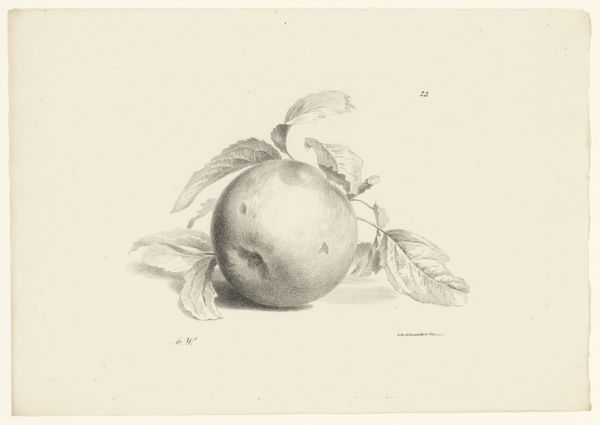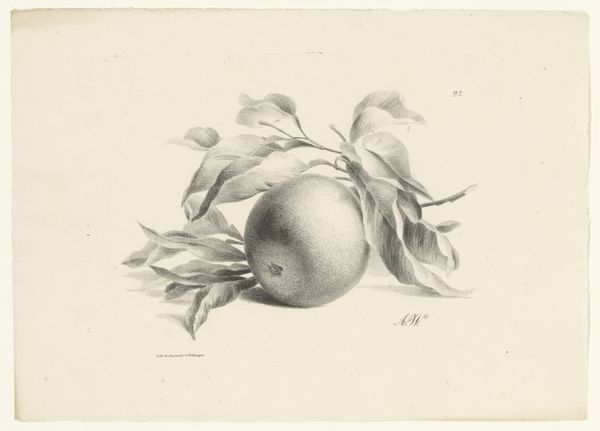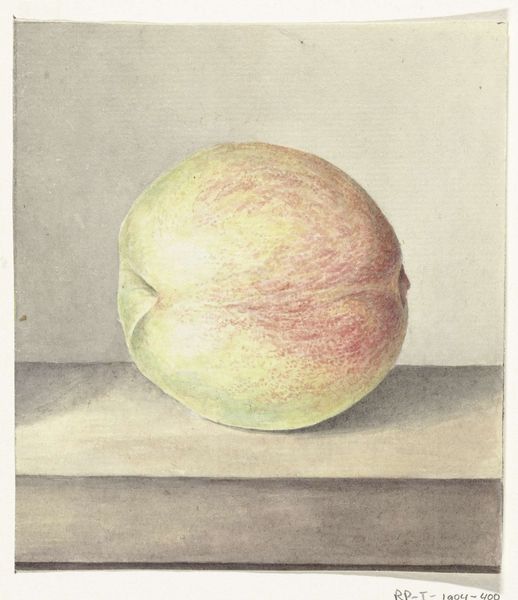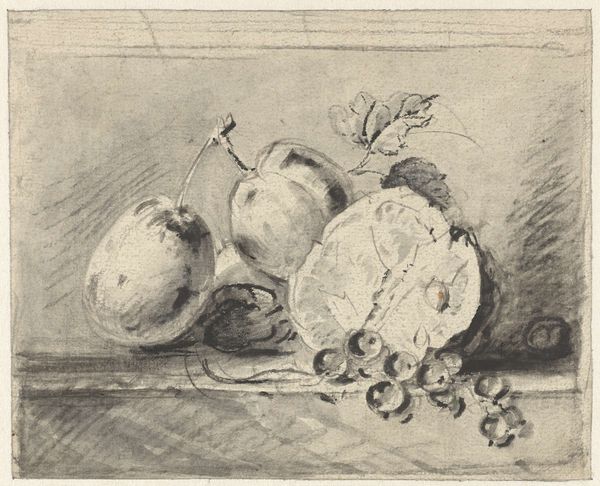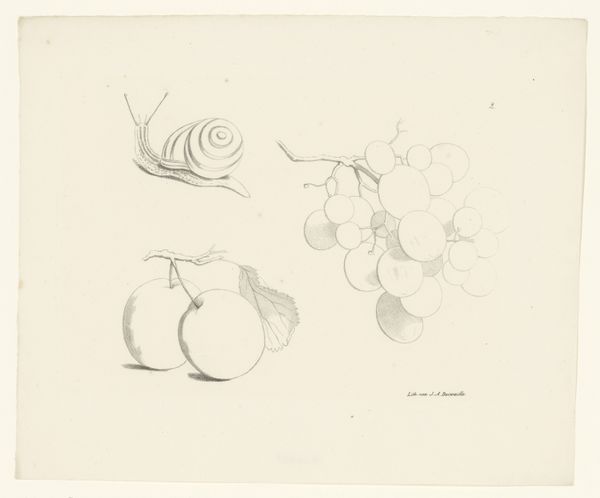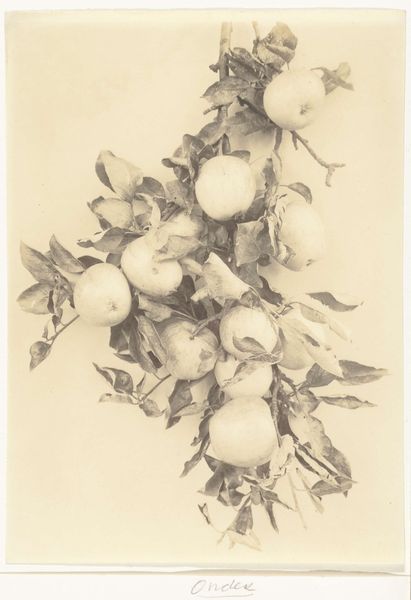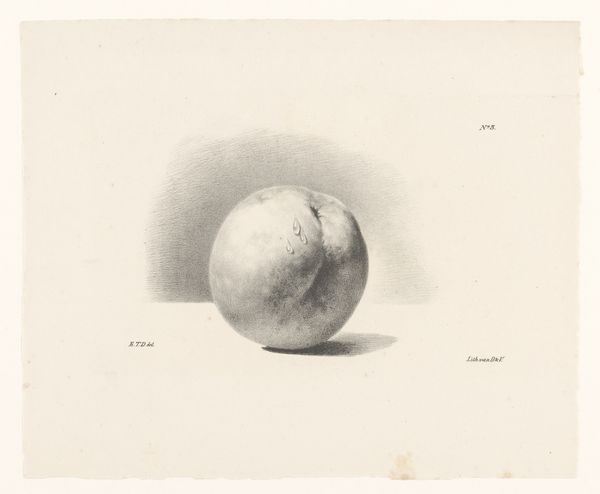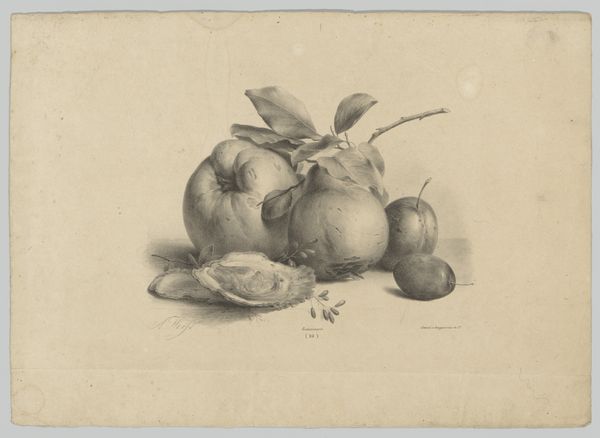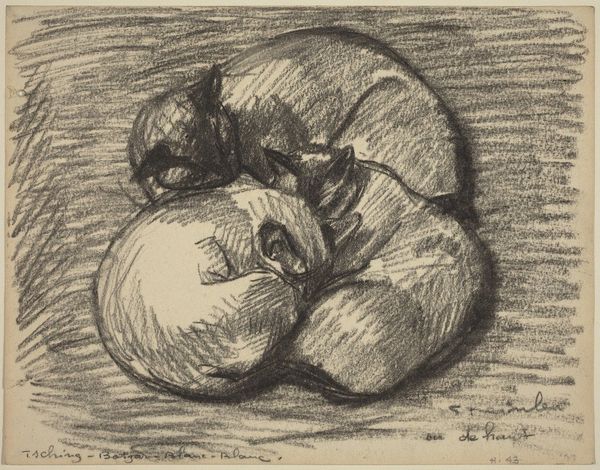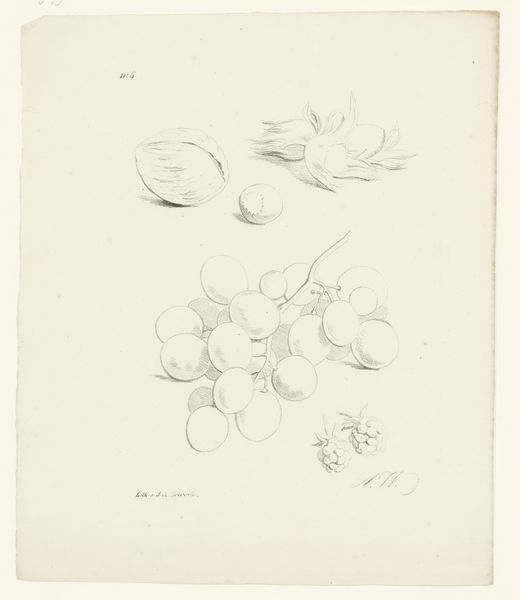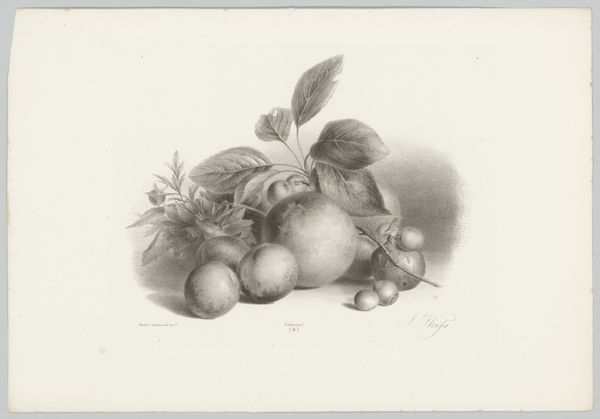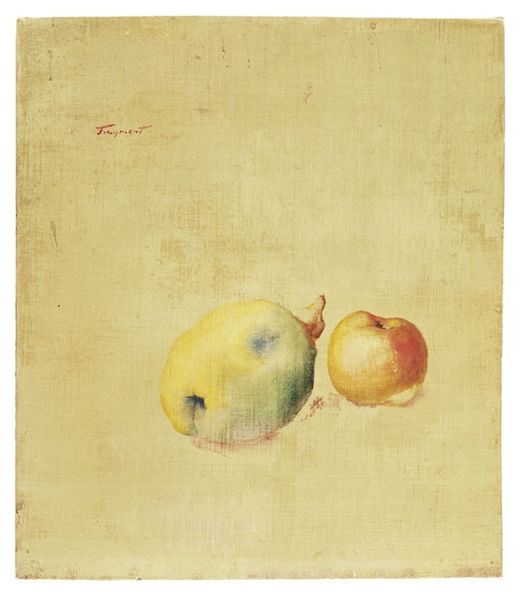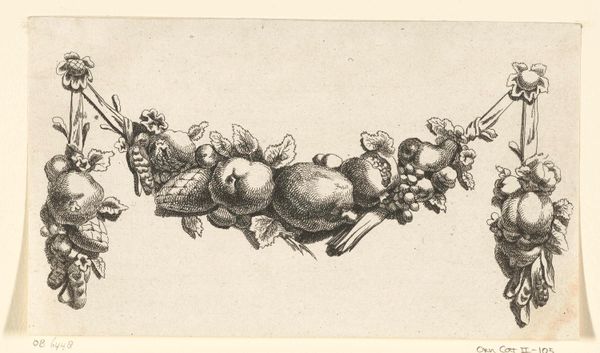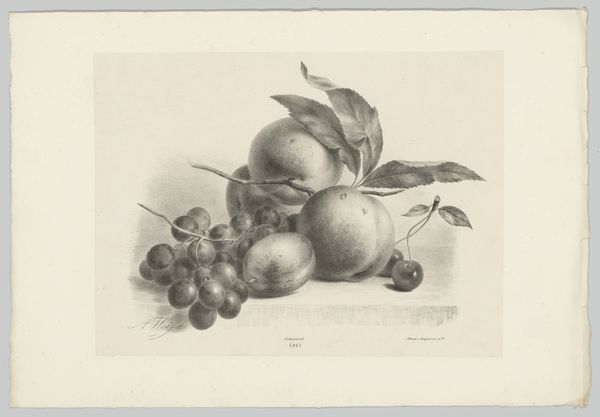
drawing, pencil
#
pencil drawn
#
drawing
#
pencil sketch
#
pencil drawing
#
pencil
#
botanical art
#
realism
Dimensions: height 134 mm, width 147 mm
Copyright: Rijks Museum: Open Domain
Editor: This pencil drawing, "Appel," from 1812 by Jean Bernard, presents a single apple. I’m struck by the almost photographic detail achieved with just pencil strokes, but it does make me wonder: how significant was botanical art at the beginning of the 19th century? Curator: It's a fantastic question. Botanical art was not merely decorative; it served a crucial role in scientific documentation and the spread of knowledge. The Rijksmuseum itself illustrates the importance of patronage within scientific and artistic circles at the time. Think of the wealthy merchants funding voyages of exploration, desiring accurate renderings of exotic plants and fruits. Where do you think this particular image fits into the history of botanical imagery? Editor: I suppose it feels simpler and less overtly "scientific" than I imagined. It's more... intimate? Curator: Exactly! This hints at a shift. While still technically skilled, it leans towards artistic expression. Consider the rise of scientific societies and public gardens. How do these changes, enabling wider access to botany, impact art production itself? Did botanical art remain the sole domain of scientific circles? Editor: So, it becomes less about purely scientific documentation, more about individual perspective or appreciation? A sort of democratization of art? Curator: Precisely. The pencil sketch shows access, reproduction and distribution in a way that grand oil paintings didn’t. This wasn’t meant for just a single patron’s private study. It’s intended for broader circulation, potentially to illustrate journals and make copies. Now, how does that perspective change your reading of this particular piece, knowing the artwork had a very different social intention than we assume now? Editor: That actually transforms how I see it. It’s not just an apple, it is evidence of the societal structures of artistic practice from 1812! That makes it so much more compelling. Curator: Indeed! Examining this art under its historical context offers us access to knowledge about its function, culture, and technology from the era it was conceived in, doesn’t it?
Comments
No comments
Be the first to comment and join the conversation on the ultimate creative platform.
